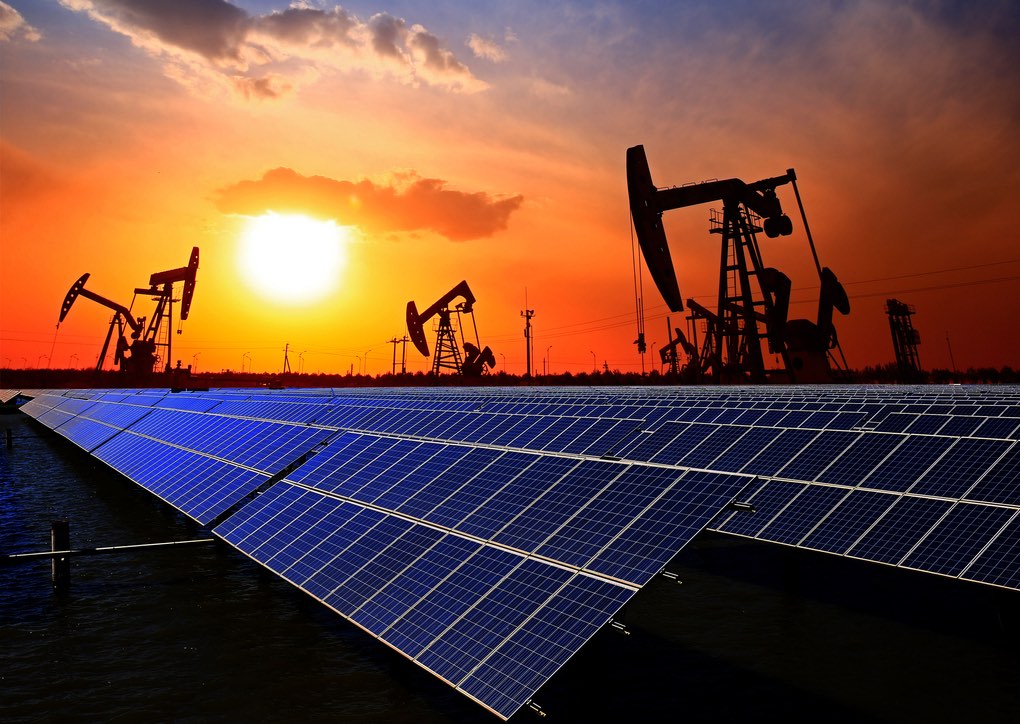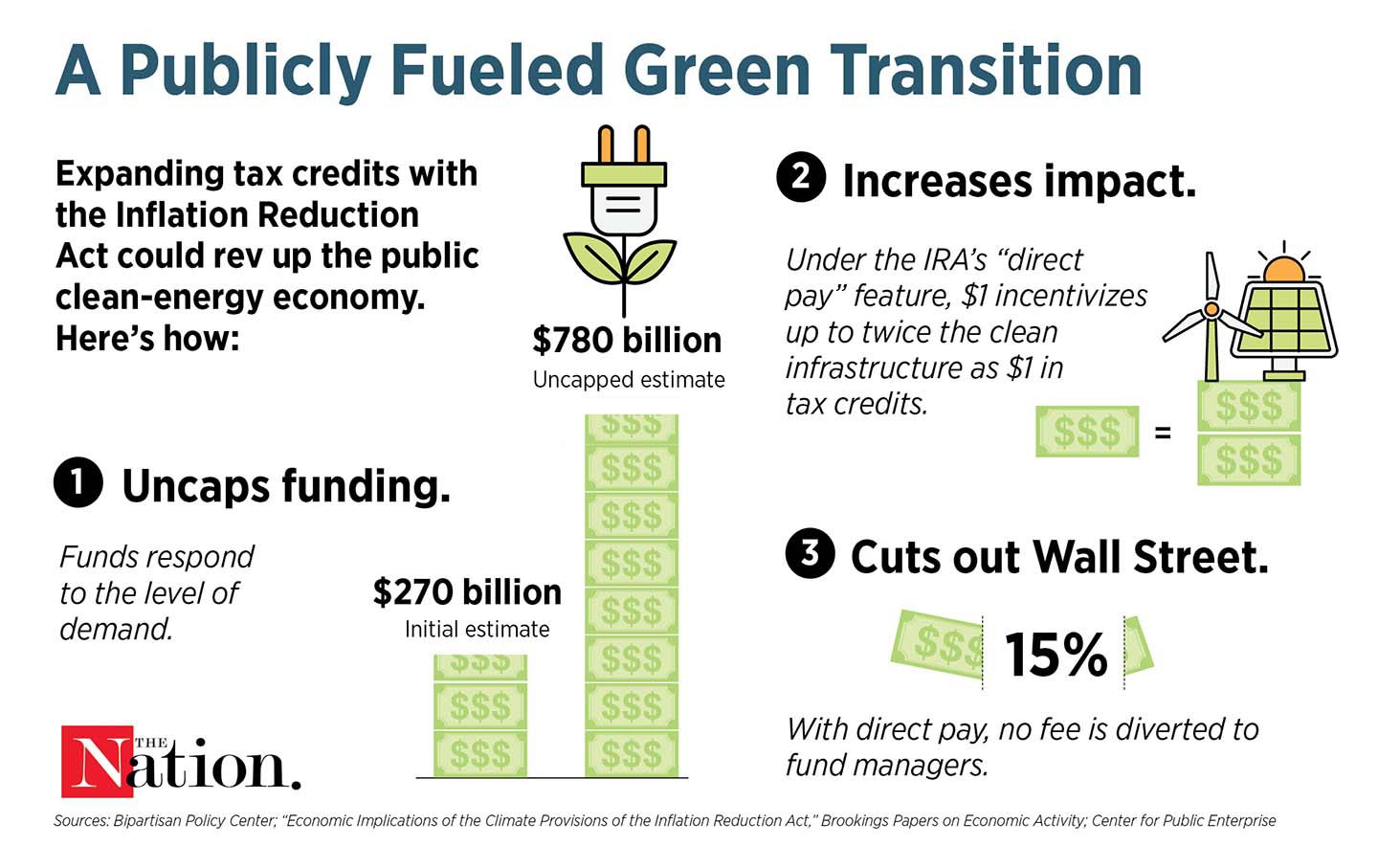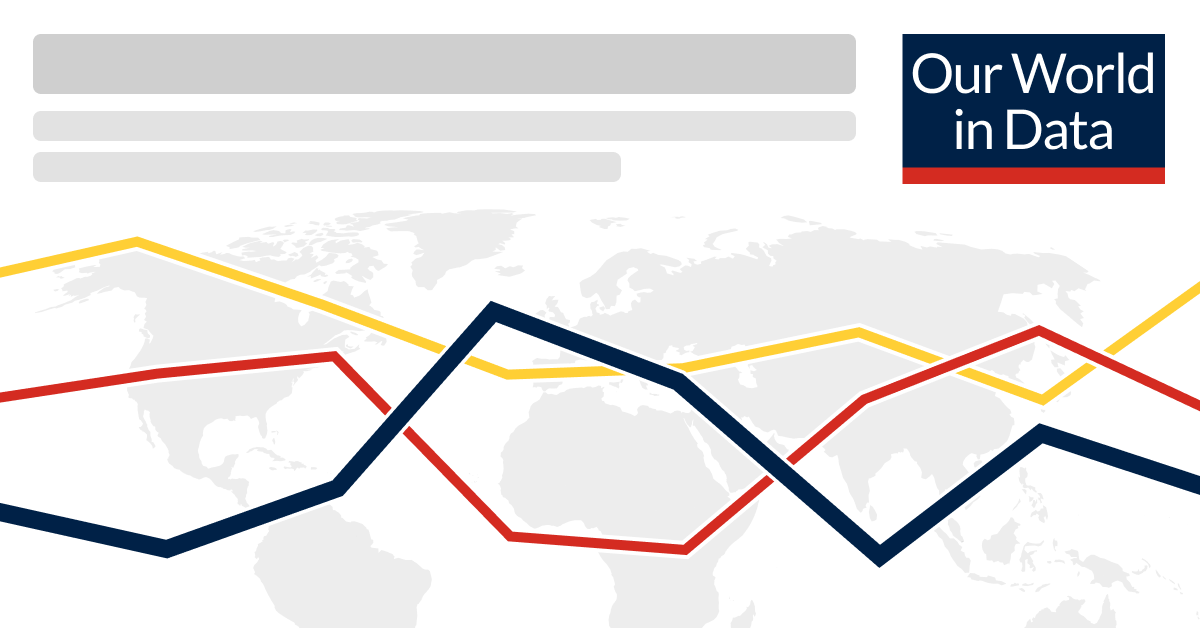Based on existing policy settings, growth in world oil demand is set to slow markedly during the 2022-28 forecast period as the energy transition advances. While a peak in oil demand is on the horizon, continued increases in petrochemical feedstock and air travel means that overall consumption continues to grow throughout the forecast. We estimate that global oil demand reaches 105.7 mb/d in 2028, up 5.9 mb/d compared with 2022 levels.
Crucially, however, demand for oil from combustible fossil fuels – which excludes biofuels, petrochemical feedstocks and other non-energy uses - is on course to peak at 81.6 mb/d in 2028, the final year of our forecast. Growth is set to reverse after 2023 for gasoline and after 2026 for transport fuels overall. These trends are the result of a pivot towards lower-emission sources triggered by the global energy crisis, as well as policy emphasis on energy efficiency improvements and the rapid growth in electric vehicle (EV) sales.












